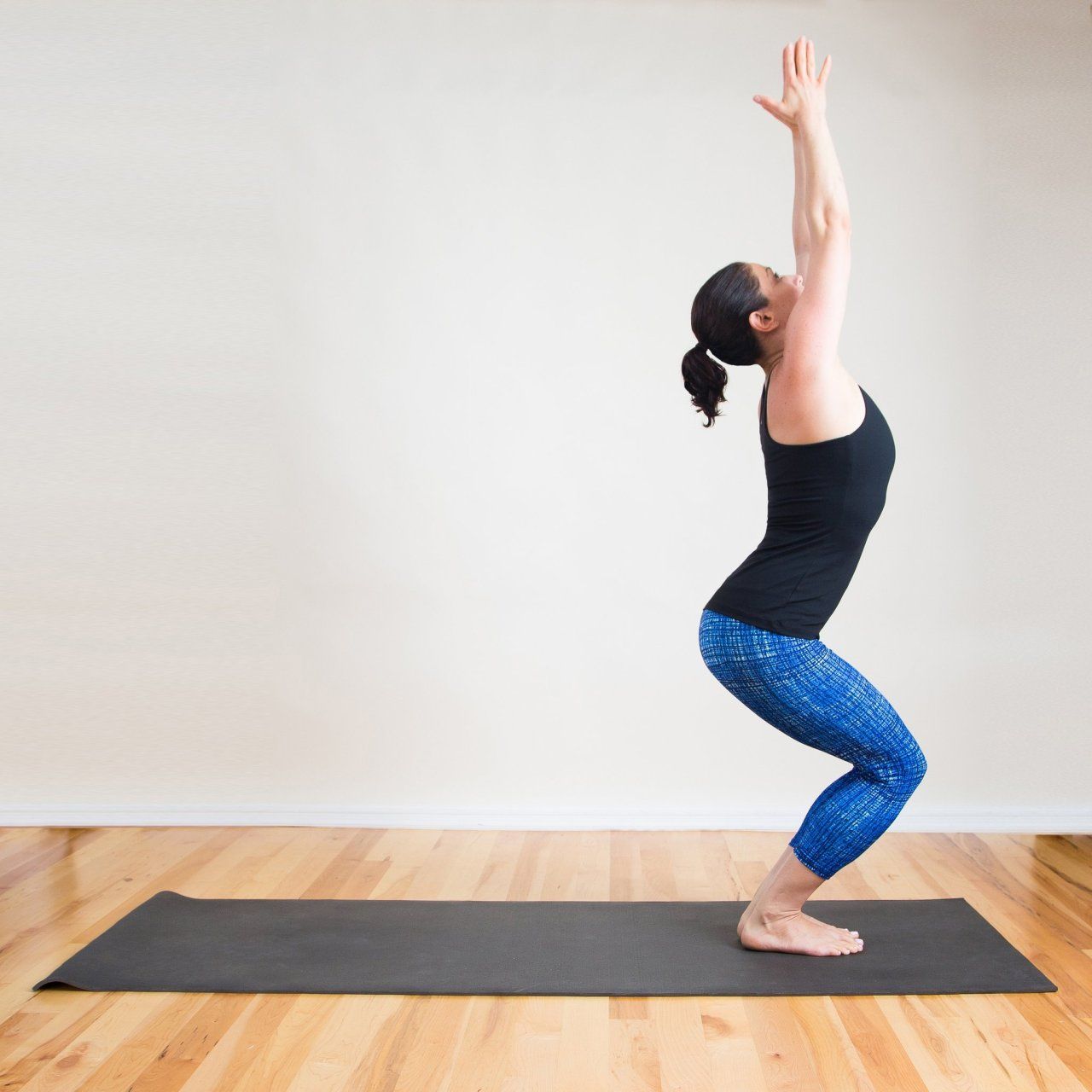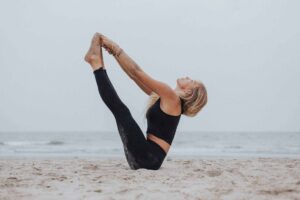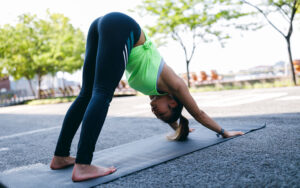
Probably, many of you consider your life not active enough: the whole day in front of the computer, and then the road home again driving a car or sitting in public transport. We all know that a sedentary lifestyle harms our body, but sometimes there is simply no way to add activity to our routine.
Plus, many of us don’t really want to sweat for hours in the gym or on the city streets. In this case, yoga including https://www.julianalucky.com/post/9-ways-to-practice-mindfulness-with-kids comes to the rescue: it will help you develop flexibility and add activity to your life without huge physical costs.
Any person can do yoga, regardless of the level of training, since each posture can be adjusted to the experience of the practitioner: there are asanas for both beginners and advanced practitioners. The main benefit of yoga is that it can help both your body and mind. Various directions of yoga serve to strengthen our physical shell, the body, and meditation brings order to the mind.
But before you get started, here are some guidelines and techniques to help you stay safe and get the most out of each pose.
1. Know your fitness level
If you are just taking the first steps in yoga, you need to adequately assess your level of physical fitness: it is important not to lie to yourself, otherwise it can lead to injury. Yoga is available to everyone, but it can take a long time to succeed in some of the postures. Therefore, practice asanas that are appropriate for your level, and do not expect great results immediately. Take your time, learn basic postures, concentrate on doing them correctly.
2. Take your time
Do the asanas that your body is currently capable of. If you are just starting out, then perhaps your body is not very flexible in different directions and is not ready to perform many poses. Concentrate on those that are available to you, but in which you experience the sufficient tension necessary to move forward.
3. Choose the right clothes
Although it often depends on the direction of yoga that you practice, the main rule is still comfortable clothing. It can be either leggings and a sports top, or simply oversized T-shirts and pants that do not restrict movement. This is a personal matter for everyone – the main thing is that you feel comfortable. However, keep in mind that during practice, your pelvis will be higher than your body more than once, which means that a dimensionless T-shirt will also have to obey the laws of gravity.
4. Drink plenty of water
Do not forget to take water with you to class. This applies to any sport, but people often think that yoga will not be useful to them. In vain: although you do not sweat so much in some practices, you still need to maintain water balance. In addition, water serves as a lubricant for the vessels involved in all postures.
5. Understand your limitations
Concentrate on those asanas that are available to you, master them, and only then move on to more advanced variations. Don’t compare yourself to someone who does a particular pose better. Most likely, they have more experience, and their body gradually came to this state. If you continue to practice at your own pace, then you will reach their level after a while.
6. Breathe
Concentrating on breathing during movement plays an important role in the classroom. Yoga exercises are an inextricable connection of asanas and inhalation-exhalation. At first, it may seem very difficult for you to simultaneously try to get into one or another position and still remember to breathe, but gradually you will come to this.
7. Find a teacher
You can do yoga with video lessons at home, but it is generally best to start learning yoga asanas in a group lesson with a teacher. The teachers have years of study behind their backs and are sure to help you with the adjustment of the poses. It is often very important for beginners to be sure that they are doing a particular asana correctly. In the lesson, the teacher can immediately determine what exactly is wrong in your posture and help you correct it so that the exercise that was designed to stretch the body does not become traumatic.
8. Ask questions
Yoga involves many postures and movements, so if you are unsure of what you are doing, feel free to ask questions. After all, this is why a yoga teacher is standing in front of you. So you will protect yourself from injuries and suddenly help another practitioner who was also not sure about performing the pose, but was afraid to ask this question.
There are other ways to find out the information you need: search the sites where yogis sit. These can be forums, Facebook pages or groups, other online platforms. Get to know other practitioners, get in touch with them. Often, like-minded people come together to practice, and this does not always happen in a regular yoga class. Join them and discuss all your questions there.
9. Listen to your body
Some of the asanas will be very difficult for you at first. Do not torture yourself trying to enter an asana beyond your control. Better listen to what your body is telling you: is the body stretching well in this position? Are you experiencing slight discomfort, or is the movement painful? Explicit pain should not be part of yoga: if it is present, then you are probably doing something wrong.
be part of yoga: if it is present, then you are probably doing something wrong.
Ask your teacher a question or search the Internet for a detailed description of the asana in which you have pain. Make sure that you have found the answer to your question, and only then proceed with this pose again.
10. Use props to reduce pain
If your knees are your problem area, then many of the offered asanas can cause pain in them. One way to avoid this is to use props. Do not think about how it looks from the outside, in the future you may not need them, but at the moment you can protect your body from possible injuries.
11. Get a non-slip mat
Almost all yoga exercises are performed on a rug, so take care of this in advance and get yourself one that will not slip throughout the room. Spend one time on a standing mat that will stick to the floor and protect you from possible damage.
12. To class – with an empty stomach!
Practice on an empty stomach in the morning or 2 to 3 hours after a meal. For this reason, many people stop at morning yoga classes.
Thus, yoga is a wonderful tool that (unlike other sports) can help you find inner harmony, it saves you from stress and anxiety, teaches you how to breathe consciously and thereby calm your mind.
The other side of yoga is physical. Thanks to asanas, we strengthen and stretch our body, develop flexibility, using only the weight of our body and muscles.
Yoga is a wonderful experience that you will definitely enjoy if you follow these tips for beginners. Do not forget about them – and you will be able to achieve the greatest results in practice and keep your health.